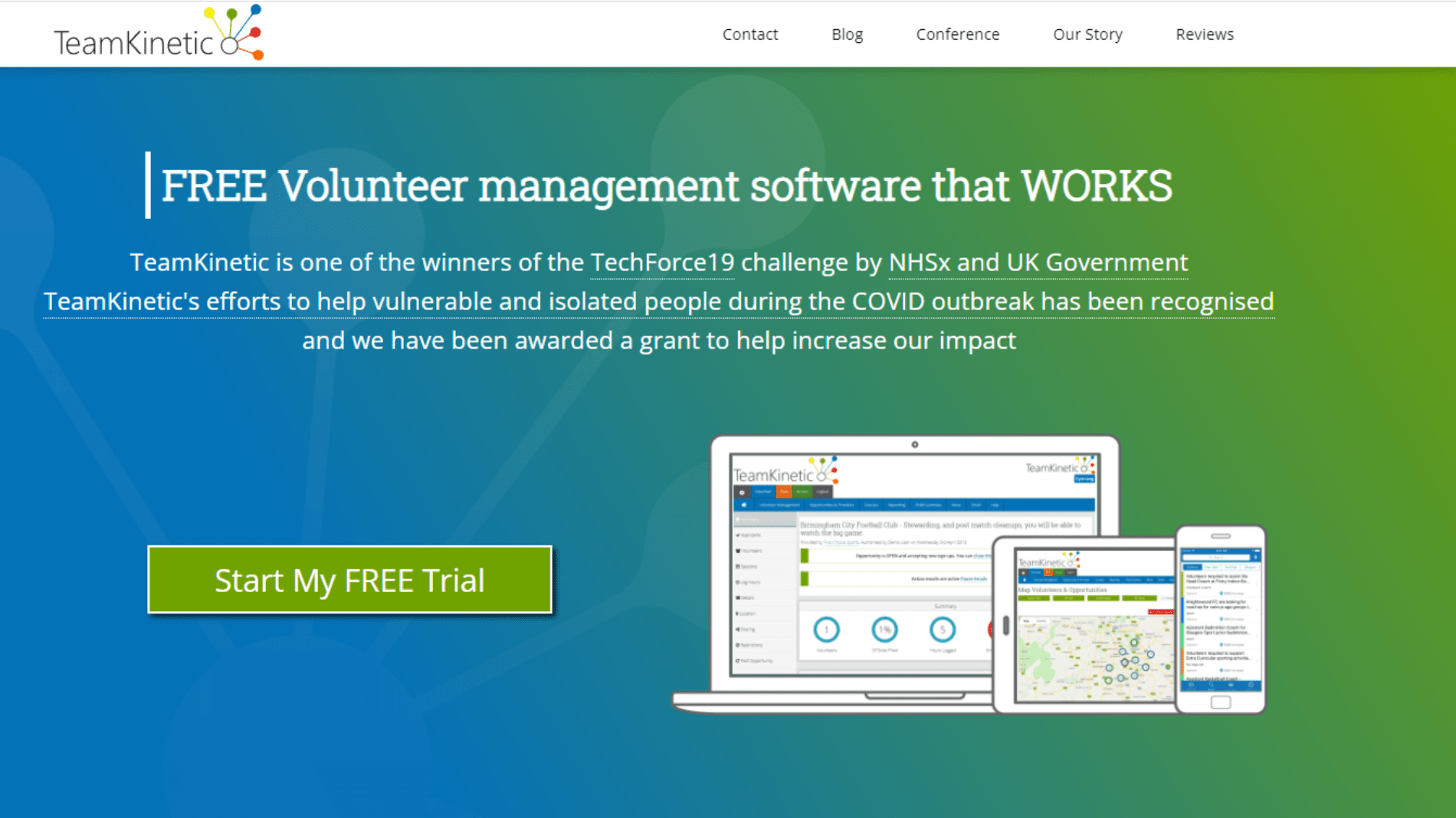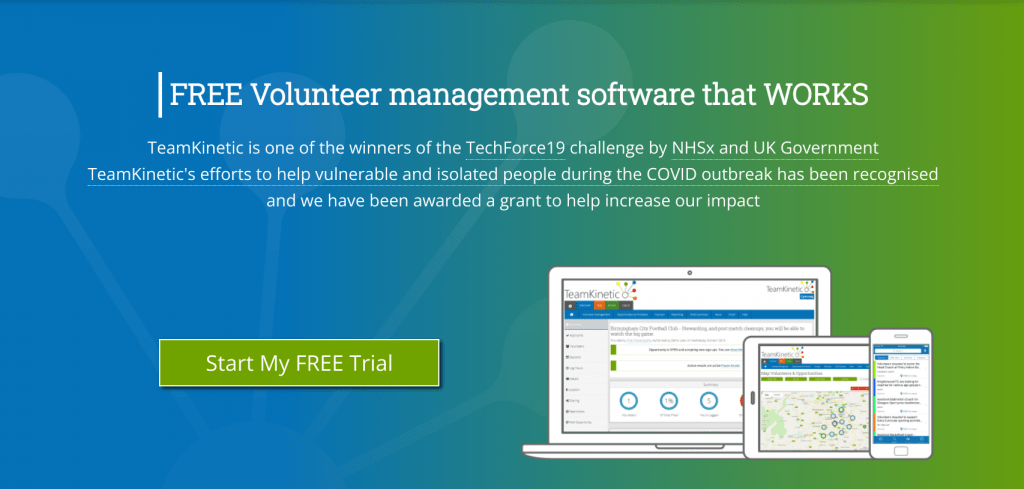
Demand for palliative and end of life care is increasing. As a result, Hospices are under greater pressure to find ways to do more with less. The Discovery Phase of the Future Vision Programme, by Hospice UK, starts a conversation around developing a more sustainable future. The charity has outlined nine principles of sustainability and today, we’ll be exploring the first 5!
So, how can hospices become more sustainable?
Integrated Care Systems for sustainability
Integrated Care Systems may have a big role to play in the coming years. Helping to ensure the public and voluntary sector act together in the best interests of patients, service users and families.
While many are in support of partnerships, there are also concerns for Hospice independence. It’s important for Hospices to develop greater integration, in addition to keeping a Hospice’s unique identity, values and high quality care. In Hospice UK’s survey, 99% of respondents thought there should be either full or partial integration with the wider Integrated Care System.
If you’re looking for ways to explore integration, why not try…
- Starting at the clinical service level. What services are you going to provide and by whom? Where are these services going to take place?
- Build relationships with other Hospices- it’s key to greater integration, while it takes time, you’ll reap the benefits.
- Start aligning your data and reports. In order to seamless integration (further down the line) one patient record shared between all providers of a system is critical.
Start collaborating…
Through integration, it also presents the opportunity to collaborate. Covid-19 has inevitably intensified the pressure on constrained resources, and yet despite this, there’s a drive for positive change present.
Why not look towards collaborating with neighbouring Hospices on service deliveries? Similarly, look towards exploring back office joint posts and funding? Each Hospice is different, so we know that not everything suggested will work best for you, but it’s best to explore your options.
Collaboration means you can reach out and work with a wider range of partners in the sector- you aren’t limited.
Time to get technological
As a volunteer management system, we’re all for talking technology– and it’s crucial for you to define your digital strategy. With the increasing demand for care, the opportunities to look digitally as an enabler to change is exciting.
To succeed, as Hospice UK say, is to look from a patient-centric perspective- make sure that the leadership and governance of your digital systems is in place for fostering future innovation.
Speaking to stakeholders Hospice UK picked on multiple themes that need to be addressed for greater digital enablement:
- Improve patient experience and engagement. Allowing your patients to have more choice and control over their care, and how they’d like to receive it.
- Help provide integrated care- it will be easier to connect individuals to the right parts of the health system. You can strengthen the partnerships across sectors.
- Help decreasing the demand for palliative and end of life services driven by the UK’s aging population, a growing population, and an increasing prevalence of chronic conditions and diseases (just to name a few).
- Technology can also help with making systems more efficient- there’ll be less time looking for information or duplicating patients.
Influencers for sustainability
Alongside rising demand, hospices may also be providing services to just a minority of people who need it. So, Hospices need to start reaching greater numbers of people with the limited resources they have. Stakeholders have expressed that the focus has to shift from efficient delivery of direct services to patients towards earlier system interventions and advanced care planning- to do this? Influence.
Hospices can use their own influence to bring additional resources in to meet the evolving demands:
- Influencing the system through closer working relationships with other providers.
- There is a value in education, and adding family members/friends to support delivery of care can help avoid crises alongside meeting a patient’s needs.
- Covid-19 has sped up education through online learning and training. Hospices can use this to their advantage to promote awareness and help drive referrals to other sectors in the system.
- Hospices can use their unique data insight, this complemented with other systems intelligence, gives opportunity to enable a needs-based approach to the allocation of resources in future.
Is the current funding model sustainable?
The Hospice UK’s survey also highlighted that 83% of respondents agreed or strongly agreed that the current funding model is unsustainable in the long term. Most respondents went on to point towards a renegotiation of the funding offer with relevant commissioners as a high priority to ensure stable sustainability in the future.
An example of this would be End of Life Together in Nottinghamshire. The collaboration between a number of local Hospices’, Trusts and Primary care providers formed a partnership to secure funding and create an integrated care model. There key services included:
- One point of referral providing a triage, assessment and coordination of a person’s needs.
- ‘Hospice at Home’ services with community hospice beds.
- Access to bereavement and carer support services.
- And more!
To conclude…
After all that, we’re coming back with a part 2! This week we’ve looked at the first 5 principles for sustainability through the Discovery Phase of the Future Vision Programme. Hopefully, you’ll be gathering some ideas on how you can develop the sustainability of your Hospice, we’ll be back next week for the final 4 principles- we’ll see you there!
Above all, if you’re interested in developing your volunteer management processes, why not start a trial? Head over to our site and sign up today!















